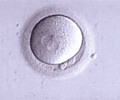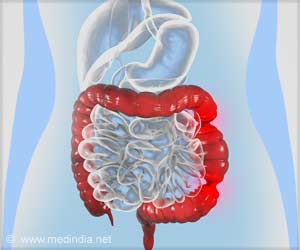A new study has said that ultrasound could help tissue grafts to survive and thrive following surgery.
While it is known that ultrasound imaging typically requires frequencies that are 50 to 2500 times higher than those human ear can detect, recent increasing evidence indicates that ultrasound at lower frequency can also be used to help certain body tissues to heal and regenerate.Ultrasound can improve cell viability, thanks to its ability to get molecules moving, and researchers have used it to increase blood flow to tissues in the process of healing and regenerating.
Particularly, low-intensity ultrasound (LIUS) has been used to help regenerate cartilage and bone, and in tissue engineering to stimulate cells.
Surgeons use a patient's own fatty tissue (adipose tissue) in procedures including facial plastic surgery, treating burn victims, breast reconstruction and surgery on the vocal cords.
But how well these tissue grafts survive can vary, and the time period after the surgery before a blood supply is re-established is particularly critical.
If the graft doesn't get sufficient oxygen and glucose, and clear away waste, the grafted tissue will wither and die.
Advertisement
The researchers used adipose cells cultured from tissue left over from tummy-tuck operations as well as mouse muscle cells (C2C12 cells) for their experiments.
Advertisement
They assayed for the number of cells, metabolism (by observing how much glucose they consumed and how much lactate they produced), viability and for signs of damage to the cells.
The C2C12 muscle cells stimulated with LIUS showed greater cell numbers and better viability than controls.
And researchers, for the first time, obtained preliminary evidence that LIUS can influence the viability of the cultured adipose cells (known as organoids) in an in vitro organ culture model.
Adipose tissue treated with LIUS showed significantly increased metabolic activity, and had fewer markers for tissue damage than tissue not treated with LIUS.
If the technique was used on a patient, the way that ultrasound might enhance molecular motion would probably depend on local variations in tissue density.
"Depending on the location of the probe, one can expect variable effects of LIUS," said senior author Dr. Steven Zeitels, Director of the Center for Laryngeal Surgery and Voice Rehabilitation.
It's also not clear whether the increased metabolic activity and proliferation of the cells seen in this experiment was simply due to LIUS's mechanical and thermal effect in stimulating molecules to move around more.
"In the context of using LIUS to enhance autograft survival, the possibility that the LIUS can directly activate signalling pathways in implanted cells needs to be taken into account. It may eventually be possible to manipulate cellular responses by fine-tuning this technique." said lead author Dr. Hyoungshin Park, from MIT.
The study appears in Open Access Journal of Tissue Engineering published by SAGE-Hindawi.
Source-ANI
RAS











